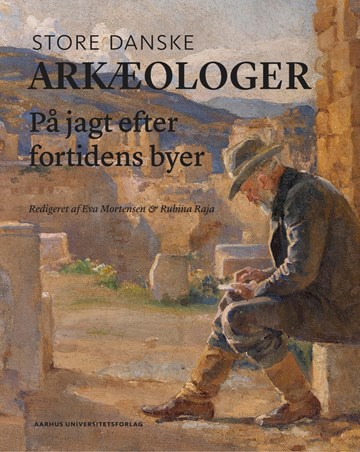New book from UrbNet takes the reader on a journey through ancient excavations with Denmark’s most significant archaeologists
Today, “Store Danske arkæologer. På Jagt efter fortidens byer” (Great Danish Archaeologists. In Search of the Cities of the Past) was published. This new book takes the reader on an archaeological journey through two centuries of excavations from the Mediterranean to the Middle East and presents some of the most significant Danish archaeologists in history. The book was published by Aarhus University Press and edited by Eva Mortensen, Ph.D., and head of center Rubina Raja from the DNRF’s Center for Urban Network Evolutions (UrbNet).

Professor and head of center Rubina Raja and Dr. Eva Mortensen from UrbNet are the editors of a new book that takes the reader on a hunt for ancient cities with some of the most significant Danish archaeologists. The new book takes its point of departure from the “history of history” and the achievements in that field before the possibilities that archeology affords us today. The idea behind the book is to take a closer look at archaeologists of the past and their search for ancient cities, as crystallized in the research at UrbNet since 2015.
For several decades, Danish archaeologists have helped to develop the study of ancient cities and the people who constructed, inhabited, and destroyed them. With the new book, Professor Raja and Dr. Mortensen thus focus on some of Denmark’s biggest names in archaeology, with a particular focus on the ones who, over the last centuries, have played a part in shaping archaeology as a discipline.
In the book, the reader is introduced to important archaeological achievements, great personalities, and excavation projects, all of which contributed to illuminating ancient societies and which are still the basis for new research and field projects. Through the book’s nine chapters, ten researchers from universities and museums take readers on a historical journey to excavation sites in the Mediterranean, the Syrian desert, the Arabian Gulf, and Denmark, in the company of some of the most significant Danish archaeologists.
